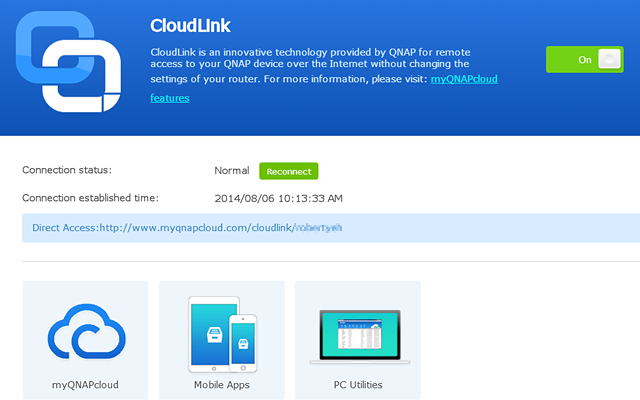

- #Safeincloud file location on qnap how to
- #Safeincloud file location on qnap install
- #Safeincloud file location on qnap download
You can see that the folders in “Qsync” is the same exact as I view it on my desktop of my mac. Qfile logo that you should see in your app store: Now let’s start setting up your phone- Go to your app store (either Google Play Store/ Apple App Store / Windows App store) and go ahead and search for the app: Qfile. When you click on it, this should pop up allowing you to set up.
#Safeincloud file location on qnap download
Step 3: Click to download Qsync onto your desktop/workstationĪfter you see that, you should see a Qsync icon on the top (if you’re using a mac) Step 2: Enable Qsync (switch it on and the bar should turn blue) Step 1: Log onto QNAP and enable Qsync functions
#Safeincloud file location on qnap how to
Let’s kinda of go through how to set up this efficient work-flow: I was away, and out of town, and not around my computer, but because of a mobile app that can remotely connect to my NAS at home, or anywhere, it solves the problems of “having” to get to a nearby workstation, to access email, or some other services like Dropbox (which costs money when you go over 2GB).

If you still can't find the file you need, you can leave a 'message' on the webpage. If yes, please check the properties of these files, and you will know if the file you need is 32-bit or 64-bit. Why am I telling you this, well I found it so useful on how Qsync can solve emergency situations like what I’ve had. If you encounter this situation, check the file path to see whether there are any other files located in. Easy, phew thank goodness I’ve had my Qsync folder synced onto my home NAS. Now, they can easily download the file when they receive my link. I simply went on my phone, and created a share link from the Qfile app, and directly emailed that link to my co-worker. Then you can connect to the NAS using an SSH client (e.g. For a QNAP, this setting can be found under Telnet/SSH in the control panel. At that moment, I was still strolling down the alleys of SoHo, I used my Qfile app on my iPhone, and found my raw file of around 120MB stored under my Qsync folder in my NAS at home. However, depending on the security settings, SSH access may need to be enabled first. Nonetheless, I’ve got a call from my co-worker calling me up for an AI file that I was working on a few months back ago, and it was urgent. Therefore, most of my important artwork, or webwork was stored on my NAS at home so in case something happens, I had a backup at a remote location.
#Safeincloud file location on qnap install
Thankfully, I’ve had the chance to install Qsync on my desktop from work, to sync with my NAS at home. This happened when I took a few days off to travel to New York City during the 4th of July holidays, and I have had my computer off at work while I was away. Well, last month I’ve found myself experiencing something quite incredible, because QNAP has actually made a difference with my work-life.

So, many of you may have wondered how to actually access the files stored on the NAS when you’re outside, or on the go.


 0 kommentar(er)
0 kommentar(er)
